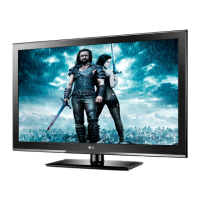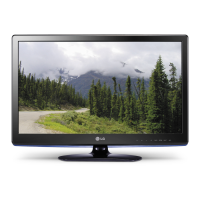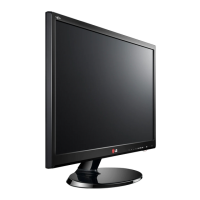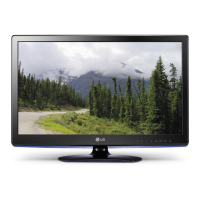S
Shawn JohnsonSep 3, 2025
How to improve poor reception on my LG LCD TV?
- JJason RobinsonSep 3, 2025
If your LG LCD TV has poor reception on some channels, try switching to other channels as there may be an issue with the broadcast. Also, try adjusting the antenna's direction to improve the station signal. Check for any local interference from electrical appliances or power tools.








